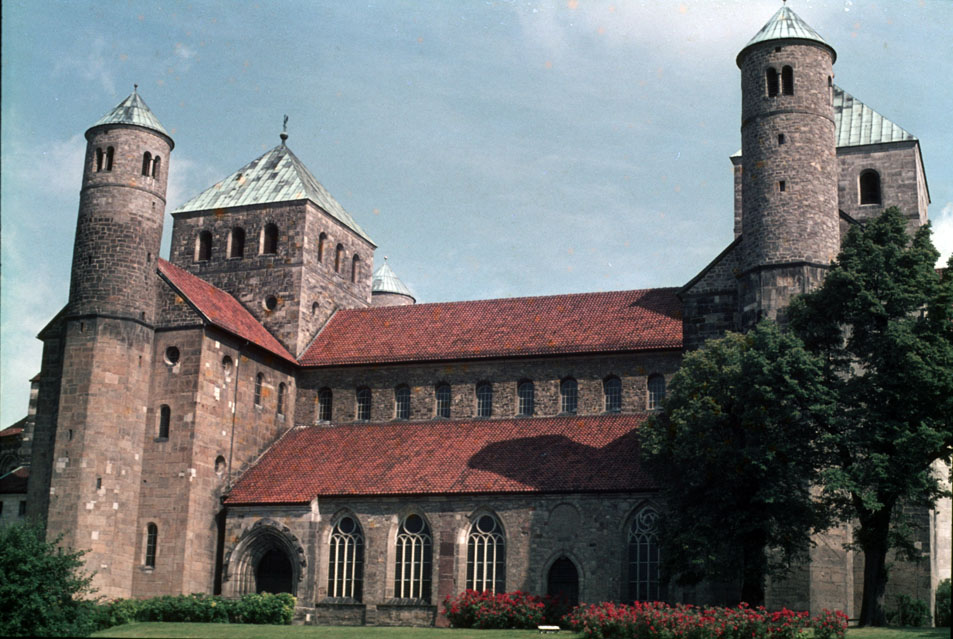Ottonian architecture, a distinctive form of pre-Romanesque art and architecture that emerged in the 10th and 11th centuries during the Ottonian dynasty in Germany, has left an indelible mark on architectural history. The Ottonians were known for their promotion of architecture as a means of consolidating power and expressing imperial aspirations. Examples of Ottonian architecture are scattered across the landscape of Europe, each bearing the hallmarks of this unique style.
Ottonian Architectural Style
The Ottonian architectural style is characterized by its monumental scale, robust construction, and the use of the basilica plan with apses at both ends. This style often incorporated elements from Carolingian and Byzantine architecture, such as rounded arches, barrel vaults, and apsidal chapels. The buildings were typically made of stone and were richly decorated with frescoes, mosaics, and sculptures.
St. Michael’s Church, Hildesheim
One of the most iconic examples of Ottonian architecture is St. Michael’s Church in Hildesheim, Germany. Constructed between 1010 and 1022 under Bishop Bernward, it is renowned for its intricate bronze doors and Bernward’s column. The church also showcases a unique feature of Ottonian architecture – the alternation of support, where columns and piers alternate in the nave.
Gernrode Abbey
Gernrode Abbey, located in Saxony-Anhalt, Germany, is another exceptional example of Ottonian architecture. Founded in 959, the abbey church is one of the oldest surviving Romanesque buildings in Germany. It features a triple-aisled basilica layout, a westwork (western entrance), and an apse at both ends, all typical characteristics of the Ottonian style.
Ottonian Influence on Later Architectural Styles
The influence of Ottonian architecture is evident in the subsequent Romanesque and Gothic styles. The Romanesque style, in particular, borrowed heavily from Ottonian designs, such as the use of rounded arches and barrel vaults.
FAQ’s
What are some key features of Ottonian architecture?
Ottonian architecture is characterized by its large scale, robust construction, basilica plan with apses at both ends, and rich decoration. It often incorporated elements from Carolingian and Byzantine architecture.
When did Ottonian architecture emerge?
Ottonian architecture emerged during the 10th and 11th centuries during the Ottonian dynasty in Germany.
How did Ottonian architecture influence later architectural styles?
The Ottonian style had a significant influence on the subsequent Romanesque and Gothic styles, with the Romanesque style borrowing heavily from Ottonian designs.
What materials were used in Ottonian architecture?
Ottonian buildings were typically made of stone and were richly decorated with frescoes, mosaics, and sculptures.
Where can I see examples of Ottonian architecture?
Notable examples of Ottonian architecture include St. Michael’s Church in Hildesheim and Gernrode Abbey in Saxony-Anhalt, Germany.
In summarizing, understanding which of the following is an example of Ottonian architecture provides insight into the architectural history of Europe during the 10th and 11th centuries. From the monumental St. Michael’s Church in Hildesheim to the historically significant Gernrode Abbey, these structures represent the grandeur and ingenuity of the Ottonian era. Furthermore, recognizing the impact of Ottonian architecture on later styles such as Romanesque and Gothic helps us appreciate the enduring legacy of this unique architectural tradition.
